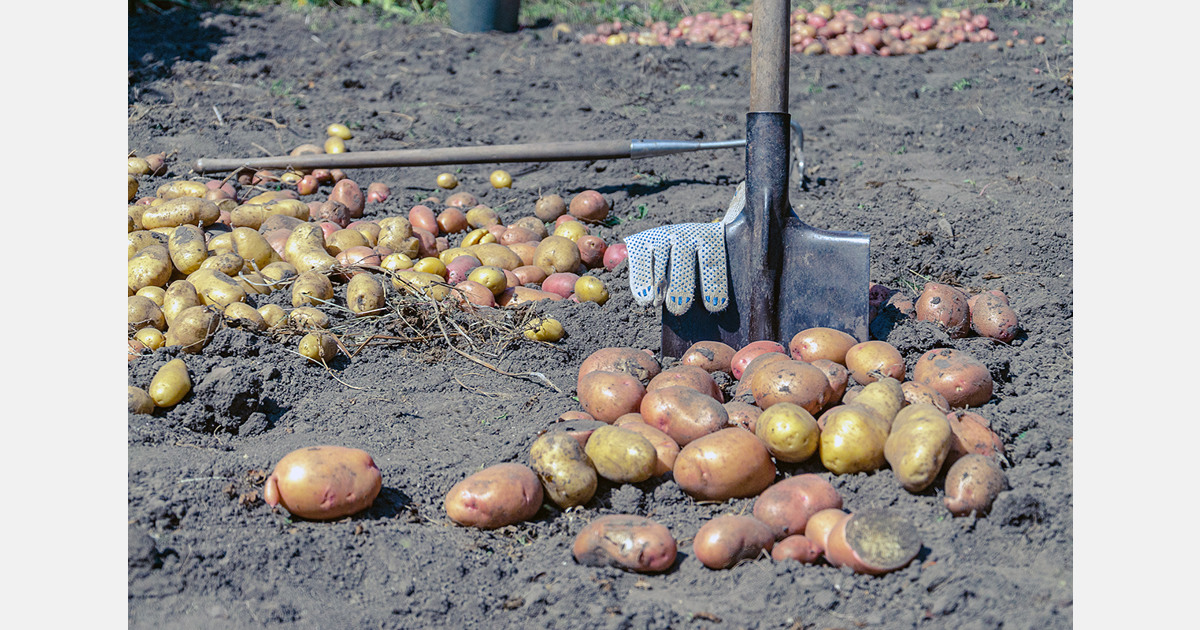
China, which accounts for around 25% of global potato production, continues to face production challenges as 60% of its cultivation occurs in arid and semi-arid regions of the northwest. Potatoes, with their shallow root systems and short growing seasons, are highly sensitive to drought stress, affecting physiological and biochemical processes essential for yield.
To mitigate these effects, Chinese researchers are accelerating studies on drought tolerance and identifying compounds that can reduce soil moisture deficits. More than 300 advanced clones from the International Potato Center (CIP) were evaluated in partnership with Inner Mongolia Agricultural University and Yunnan Academy of Agricultural Sciences. Additional collaboration involved the Institute of Vegetables and Flowers of the Chinese Academy of Agricultural Sciences, the Guyuan branch of the Ningxia Academy of Agriculture and Forestry Sciences, the Ningxia Hui Autonomous Region, and the Hebei Academy of Agricultural Sciences.
Ten advanced clones with strong drought tolerance were identified through this research. Scientists found that specific leaf area provides a fast, simple, and cost-effective indicator for evaluating potato drought tolerance. Among these, clone CIP 397100.9 demonstrated the highest drought tolerance under deficit irrigation. Researchers found that Phenyllactic acid was enriched 11-fold in its rhizosphere compared with full irrigation. When potatoes were sprayed or irrigated with Phenyllactic acid at a concentration of 225 mg/L, yields increased by 24–61% under deficit irrigation and by 12–21% in pot trials. These results suggest potential for Phenyllactic acid as a foliar spray to support production under limited water conditions.
Following participation in the World Potato Congress in Adelaide, researchers compared their findings with South Australian production systems. They stated, “Continue with drought tolerance research while expanding breeding goals to select cultivars with smooth skin, shallow eyes, and early maturity.” They also observed that “South Australia achieves a high marketed percentage of total field yields despite limited rainfall. This underscores the importance of timing and precision in supplementary irrigation under water scarcity.”
The discussions with scientists and growers in South Australia reinforced the goal to develop and adopt drought-tolerant cultivars and modern production technologies within China.
The research highlights that combining varietal improvement with adaptive management practices, including biochemical applications such as Phenyllactic acid, could enhance China’s potato resilience and help maintain yields under drought conditions.
Source: PotatoPRO
Source: The Plantations International Agroforestry Group of Companies
